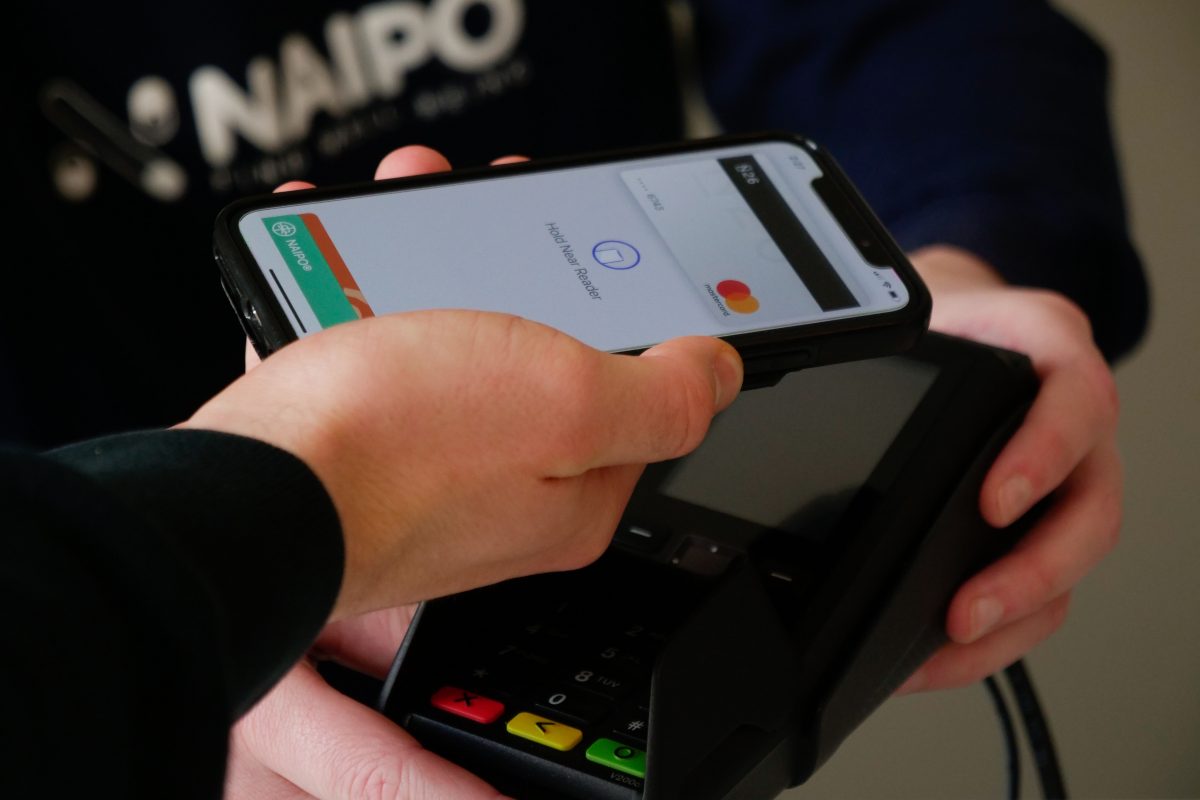Have you ever noticed that little silver square on your credit card? That's chip technology, and it's designed to make your transactions safer and more secure than traditional methods. But how does this little piece of tech work, and what makes it so much better than the older alternatives? In this article, we'll dive into the world of chip technology for credit cards. We'll explore how they function, the benefits they provide, and even give you a real-life example to help you understand the whole process. So strap in and get ready to learn about the future of finance!
Chip Technology For Credit Cards Table of Contents
What is Chip Technology?
Let's start with the basics. Chip technology, also known as EMV technology (which stands for Europay, Mastercard, and Visa, the three companies that developed it), is a way to store and process your credit card information in a more secure and protected manner than the older magnetic stripe cards. These chips are embedded within the card and have tiny microprocessors that communicate with card readers to encrypt and protect your data during a transaction.
Why is Chip Technology Safer?
Chip technology offers some significant advantages over magnetic stripe cards when it comes to security. Here are a few key points:
- Dynamic Authentication: Chip technology uses dynamic authentication, meaning that each transaction uses a unique, one-time code that cannot be reused. Magnetic stripe cards use static data, which, if stolen, can be used for multiple fraudulent transactions.
- Encryption: The chip in your credit card encrypts your personal data, making it much harder for criminals to access and steal your information.
- Physical Tampering: While magnetic stripe cards can easily be cloned or tampered with, chip cards are much more difficult and expensive for criminals to manipulate.
How do Chip Card Transactions Work?
Using a chip card is pretty straightforward. Here's a step-by-step rundown of the process:
- Insert your chip card into the card reader with the chip side facing upward.
- The chip reader will communicate with the chip and verify your card information and transaction details.
- Once verified, you may be asked to enter your Personal Identification Number (PIN) or provide a signature to complete the transaction.
- After the transaction is complete, remove your card from the reader.
Remember to never leave your card in the chip reader and always take it with you after every transaction.
Chip Technology For Credit Cards Example:
You're out shopping for a new pair of shoes and you find the perfect pair. You head to the checkout counter, where the cashier informs you the total is $75. You whip out your chip credit card and insert it into the chip reader. The chip communicates with the reader to verify your information and generate a one-time transaction code. You then input your PIN or sign the receipt as required. Within seconds, the transaction is approved, and you're on your way with your brand new shoes - all while knowing your personal information and finances are safe and secure!
There you have it - a complete breakdown of chip technology for credit cards, and why it's a significant step up in security and peace of mind when it comes to your finances. We hope this information helps you feel more confident in your transactions and keeps you on top of the latest financial technology trends! If this article was helpful, don't forget to share it with your friends and family. Also be sure to explore our other Flik Eco guides for more valuable financial insights and tips.













